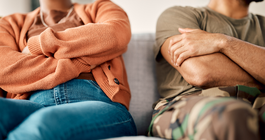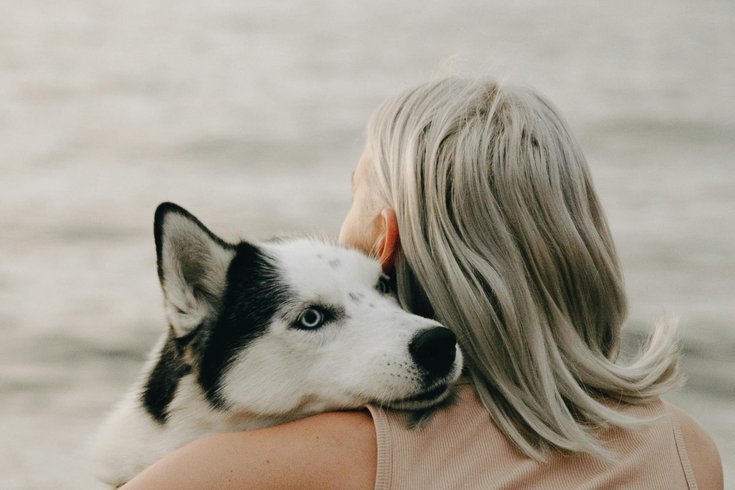
June 11, 2024
 Photo by PNW Production/Pexels
Photo by PNW Production/Pexels
Aging is only one cause of the onset of gray hair. Other factors include medical conditions, smoking and race, according to reasearch.
Social media sites are awash in ideas for "gray blending" – a recent hair-coloring technique that blends incoming gray hair with one's base hair color to soften the contrast between light and dark, smoothing the transition to a more silver mane.
Each strand of hair grows for one to three years before falling out, and then a new one grows in its place from one of the 100,000 follicles on the scalp. Multiple hairs can grow out of each follicle. But why does human hair become gray?
The idea that hair "turns" gray is false. Melanin is the natural pigment in the body that helps produce hair color. A strand that starts to grow as brown will remain brown until it falls out. As the production of melanin slows, due to age, genes and other factors, the strands of hair that grow back are gray or white.
Here's a look at the many factors that affect when people begin getting gray hair.
Dermatologists and other health experts used to espouse the 50/50/50 rule when it came to gray hair: the idea that 50% of the population will have 50% gray hair by age 50. The reality is, however, that only 23% of 50-year-olds have mostly gray hair. Still, getting older is the primary cause of gray hair.
When it comes to the gray hair Olympics, women get the gold. Research has shown that women go gray later than men.
Stress is not a direct cause of graying hair. But a significant amount of stress or a sudden stressful event, such as a death or a surgery, may cause telogen effluvium, a condition in which a large number of hair follicles enter a resting phase. If and when the stress alleviates and the hair starts growing back, the strands may be white or gray.
Alopecia areata occurs when the body's immune system attacks hair follicles, causing sudden, patchy loss of hair. Again, hair that grows back is often gray or white.
According to one study, race affects the average age of the onset of going gray. On average, white people tend to begin going gray in their mid-30s, Asian people begin getting gray hair in their late-30s and Black people typically start going gray in their mid-40s.
Thyroid disease in people under 50, vitamin B12 deficiencies and a chronic autoimmune disorder, vitiligo, may cause gray hair. Some medications also may be a culprit. Consult your medical practitioner if you think you may have a medical condition or the medication you are taking is affecting hair growth.
Research has shown a "significant" link between tobacco use and gray hair. One study indicated that smokers are 2.5 times more likely to start going gray by age 30 than non-smokers.
Strands of gray hair tend to be thinner and coarser, meaning you may want to change your usual hair-care routine.
"The absence of pigment in gray hair can cause hair to turn yellow due to product build-up, metals and minerals in our water, heat styling, sun exposure and other external factors," Nina Rubel, creative director and head of color at Rob Peetoom Salon in Brooklyn, New York, told VogueWorld Paris. She suggested using purple shampoos to help fight brassy tones.
"Since gray hair tends to be drier and wirier, moisture is essential for keeping it smooth and soft," dermatologist Dr. Iris Rubin told BYRDIE. "I suggest haircare products that provide extra hydration without leaving the hair feeling heavy or looking flat – and without pore-clogging ingredients, especially in those with acne-prone skin."
She recommended using plant-derived squalane to help seal in moisture, provide heat protection and enhance shine, hemisqualane, which may be listed as C13-15 alkane on ingredient labels, to help reduce frizz and protect against heat damage.